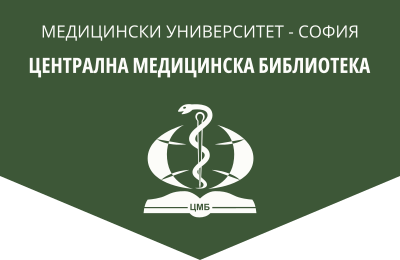Bexarotene-resistant mycosis fungoides and the focus on old and newer treatment opportunities: a case related update
Medical Review (Med. pregled), 2025, 61(1), 49-58.
S. Kordeva1, C. S. Henry1, J. M. Joseph1, G. Tchernev1,2
1 Onkoderma – Clinic for Dermatology, Venereology and Dermatologic Surgery – Sofia
2 Department of Dermatology and Venereology, Medical Institute of Ministry of Interior – Sofia
Abstract. Mycosis fungoides (MF) is a type of cutaneous T-cell lymphoma originating from peripheral epidermotropic memory T-cells, exhibiting CD4+ immunophenotype. This condition typically manifests around the age of 57, with a higher prevalence among males. It is often referred to as a “great imitator in dermatology” due to its appearance, which is similar to other dermatologic conditions, including Sezary syndrome. Erythrodermic MF can occur as a progression from the plaque or patch stage of MF or as de novo manifestation. The condition can rarely coexist with other primary tumors, further complicating the patient’s overall condition and posing challenges in therapy management. Different therapies may prove ineffective at times, and in certain cases, they may even exacerbate the progression of the disease. Here, we present an 83-year-old patient with a 14-year-old history of erythrodermic mycosis fungoides CD4(+), CD8(-), CD26(-), CD30(-) cells. A primary appendix cancer was diagnosed 8 years ago, suggesting a case of coexisting cancers. Different therapies have been attempted over the years, such as CHOP therapy, topical corticosteroids, PUVA (psoralen plus ultraviolet A therapy), and emollient; interferon, brentuximab vedotin, oral bexarotene; with minimal to no effect. The patient is being considered for starting therapy with methotrexate at low dose with folic acid supplements. A detailed review of the available treatment options in Europe is conducted, focusing more on those accessible in Bulgaria. This review aims to provide future clinicians with a comprehensive understanding of various treatment modalities and their suitability for different clinical scenarios.
Key words: erythrodermic mycosis fungoides, appendicitis cancer, bexarotene, CHOP therapy, brentuximab vedotin, methotrexate
Address for correspondence: Prof. Georgi Tchernev, MD, e-mail: georgi_tchernev@yahoo.de, tel.: +359 885 588 424
